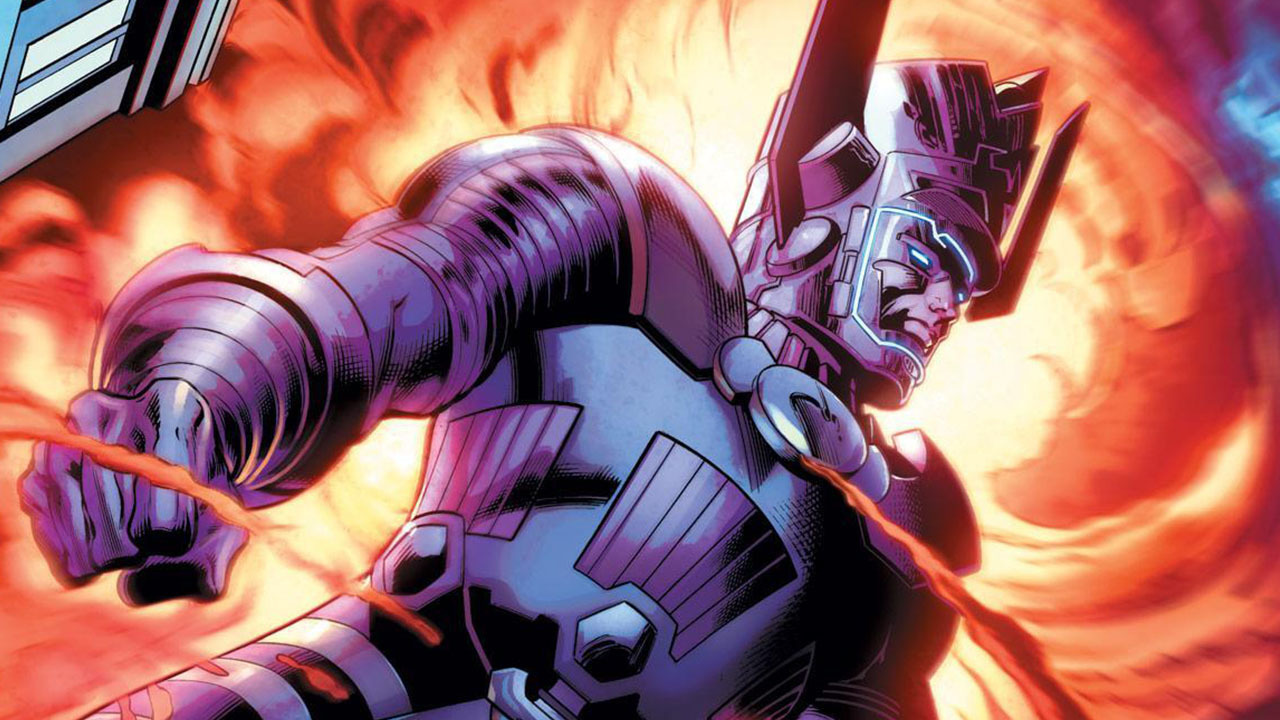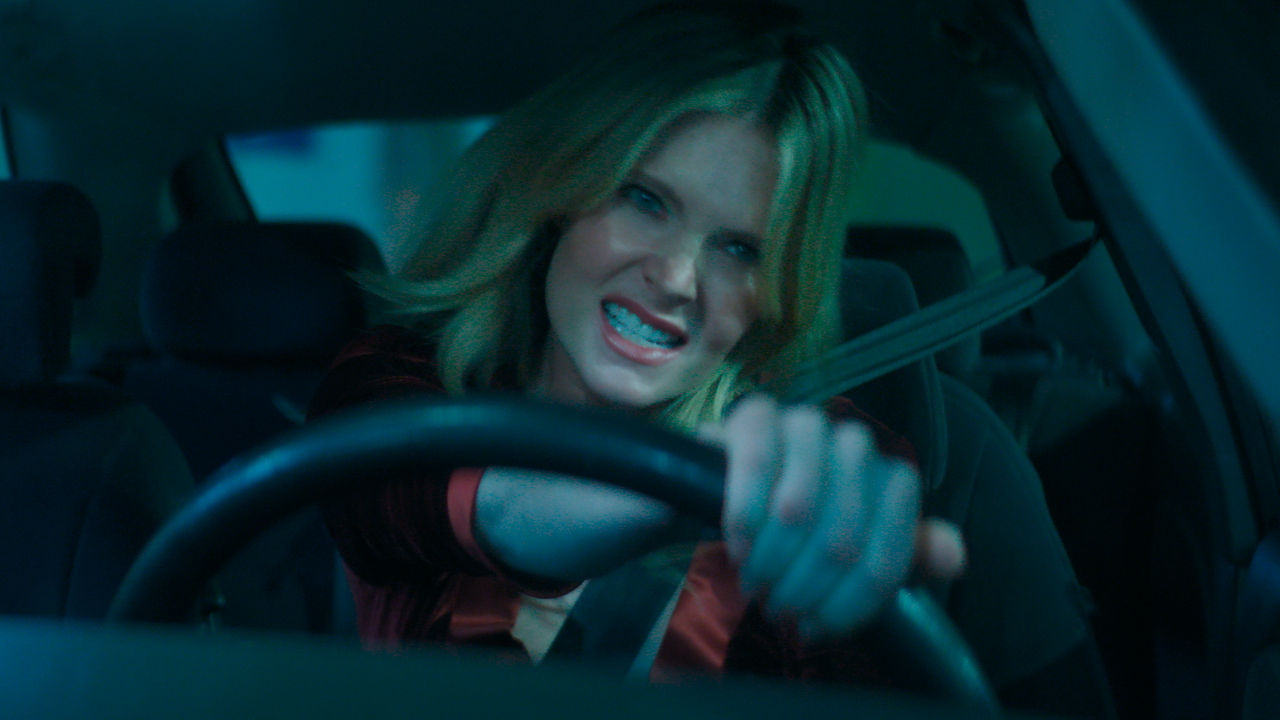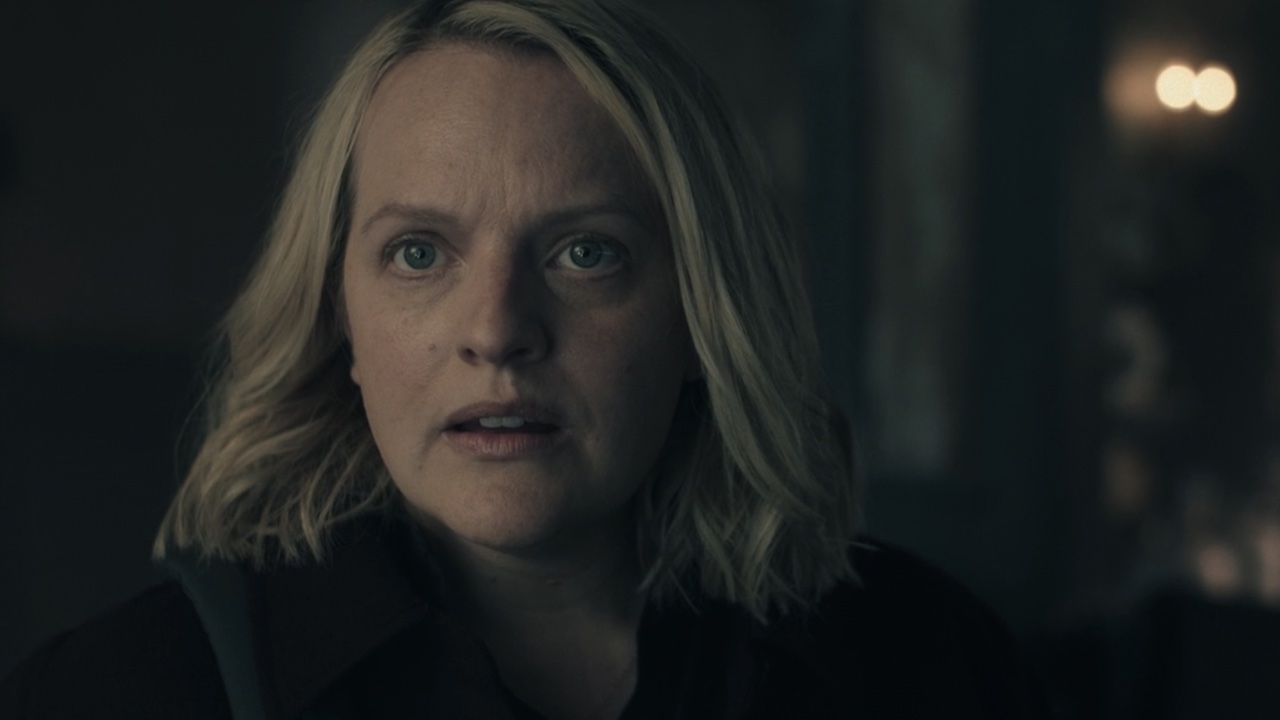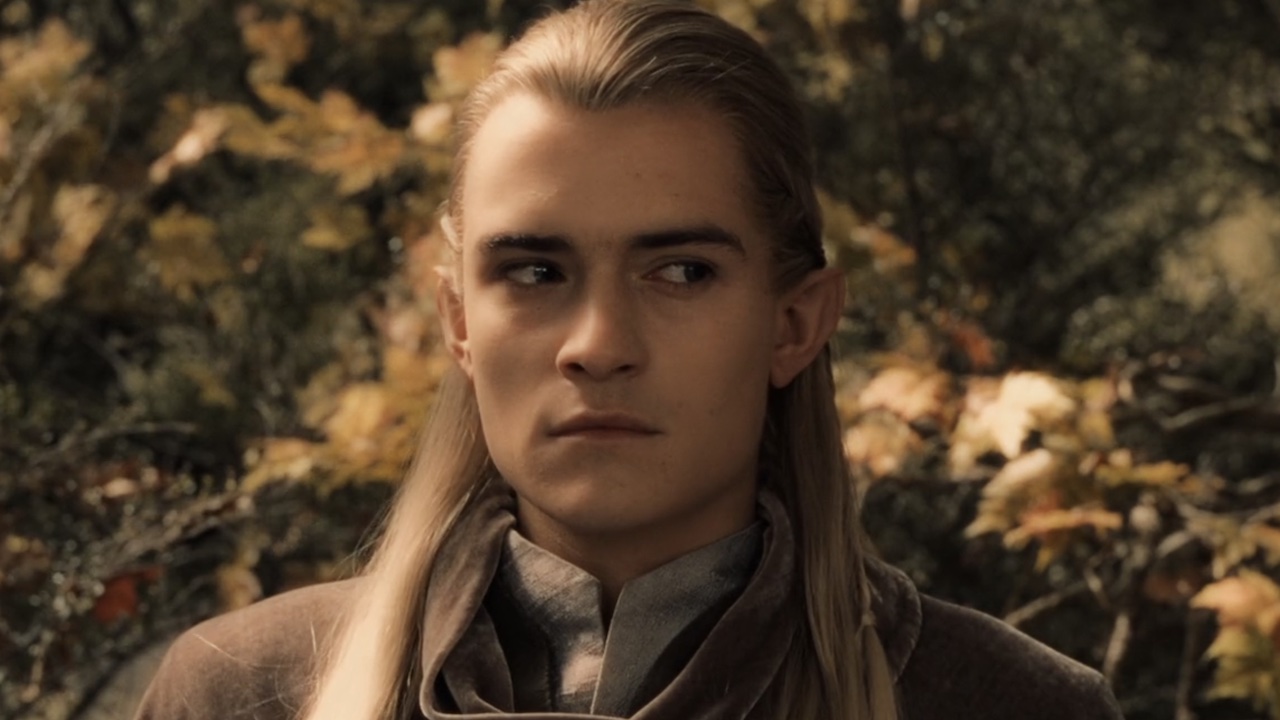Fear And Loathing In Hollywood: 5 Great Hunter S. Thompson Stories To Adapt Next
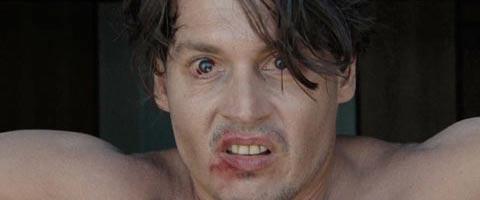
There are a number of movies that I will never forget watching for the first time, and Terry Gilliam’s Fear and Loathing in Las Vegas is most definitely one of those titles. It was the summer before my senior year in high school and I was living in a dorm while taking classes at Boston University. One night I ventured down to the common room just as some of my friends were starting up a DVD and I watched as a cherry red convertible sped through the California desert driven by what appeared to be funhouse mirror versions of Johnny Depp and Benicio Del Toro. I was immediately caught up in the chaos of it all, from the strange yet poetic narration to the characters’ epic drug usage. When Raoul Duke began hallucinating giant reptiles in the hotel bar I finally turned to one of the people watching the movie with me and said, “What movie is this?” “Fear and Loathing in Las Vegas,” he replied.
From that point on I became a touch obsessed with the works of Hunter S. Thompson. His writing was unlike anything I had ever seen before and I couldn’t get his voice out of my head. I would pick up his books and anthologies every moment I could and would try and squeeze in just one more chapter/article before I had to leave for school or go to bed. Similar to the way that Thompson would type out F. Scott Fitzgerald’s The Great Gatsby and Ernest Hemingway’s A Farewell To Arms as a way to learn more about the authors’ styles, I would find myself authoring short vignettes mimicking Thompson’s tongue. It was the gonzo perspective that got me truly interested in journalism and I can say without a single doubt that if it weren’t for him I wouldn’t be working here at Cinema Blend.
But we’re here to talk about movies, not my personal fixations. This Friday the third movie based on the writings of Hunter S. Thompson, The Rum Diary, will be arriving in theaters. While time will tell how critics and fans react to the newest adaptation, the past is checkered. While Fear and Loathing in Las Vegas has attained cult status, Art Linson’s 1980 “biopic” Where The Buffalo Roam is mediocre and somewhat justifiably overlooked (I’d be remiss if I didn’t also mention Gonzo: The Life and Work of Dr. Hunter S. Thompson, the documentary by Alex Gibney which was robbed of a nomination at the Academy Awards). But what does the future hold for the Thompson’s cinematic ventures?
Reflecting back on some of Hunter S. Thompson’s greatest work, I’ve assembled a list of five potential projects that could keep gonzo on the big screen for decades to come.
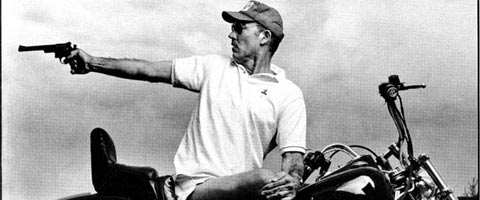
Hell's Angels: The Strange and Terrible Saga of the Outlaw Motorcycle Gangs
I can hope that every single title I name in this article someday becomes a movie, but Hell’s Angels easily has the most realistic chances. In fact, director Tony Scott has owned the rights to the book for over 14 years now and this past August there was some actual forward progress. But why should Hell’s Angels be turned into a movie?
In a word, Hell’s Angels is absolutely fearless. Despite the very real danger of becoming involved with the world’s most notorious biker gang, Thompson dug his heels into the dirt and actually managed to stick with the group for a year. There is great character potential in Ralph "Sonny" Barger, who founded the Oakland chapter that Thompson was embedded with (recent reports have suggested Jeff Bridges for the role, which would be absolutely brilliant casting). The project wouldn’t be without controversy, as there are some truly brutal scenes of rape and violence in the book, but those are the hazards of telling the truth. The end also writes itself, as Thompson’s coverage was ended when four or five members of the gang that he didn’t know gave him a brutal stomping that resulted in a “fractured skull and exploded groin.”
CINEMABLEND NEWSLETTER
Your Daily Blend of Entertainment News
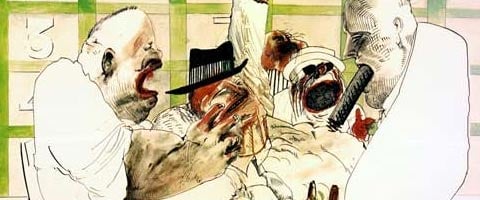
The Kentucky Derby Is Decadent and Depraved
The Kentucky Derby Is Decadent and Depraved is not only one of Thompson’s earliest examples of gonzo journalism, but it’s the story that inspired the name (following its publication, Bill Cardoso of the Boston Globe wrote a letter to Thompson saying, “This is it, this is pure Gonzo. If this is a start, keep rolling.”). It also happens to be right up there with Fear and Loathing in Las Vegas in terms of pure chaos.
As the title implies, the story is set at the 1970 Kentucky Derby, but isn’t so much about the race as it is about the people that attend it. Over the course of his coverage Thompson has some brilliant and hilarious interactions with the spectators and staff that include warnings about race riots on the track and cans of mace. The assignment was also the first time that Thompson worked with British artist Ralph Steadman, who would later illustrate many of the writer’s greatest books. In the article he is portrayed as a skinny, nervous-wreck who operates as a perfect foil to the outrageous and utterly comfortable Thompson. The biggest obstacle for this one is the fact that the article actually isn’t very long, but with a good screenwriter on board and proper guidance from the right people, it’s a problem that could be easy to navigate.
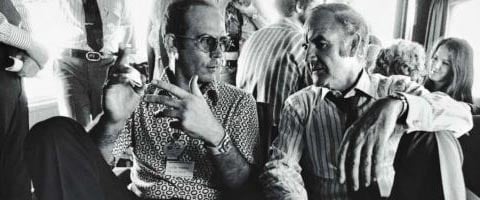
Fear and Loathing on the Campaign Trail ‘72
Thompson may have spent a great deal of his career covering sports, but inside him beat the heart of a true blue political junkie, and in no other book was that more apparent than in Fear and Loathing on the Campaign Trail ‘72. The work is considered by many to be the writer’s greatest work, and though it is long (the trade paperback is almost 500 pages) and incredibly detailed, it could be an absolutely incredible movie. Over the course of 13 months Thompson created a comprehensive report on every move that the George McGovern campaign made. What’s more, the pages are filled with passion, as Thompson’s utter hatred of Richard Nixon was on full display and he never shied away from infusing his own personality (he famously reported that democratic candidate Edmund Muskie was addicted to ibogaine and though he wrote it facetiously, it was picked up by many news outlets as fact).
The real potential in an adaptation, however, is how it could serve as a critique of modern political journalism, as a much of the book deals with embedded reporters getting too close to the candidates. What better way to give the folks on the 24-hour news stations a wake-up call than the words of Hunter S. Thompson?

The Curse of Lono
In order to understand why The Curse of Lono should be turned into a movie, all you would have to do is look at the art generated by the aforementioned Ralph Steadman, who partnered with Thompson on this particular escapade. While marked with the typical madness that surrounds one of the Dr.’s misadventures, the images are also quite stunning and capture the beauty of the Hawaiian setting. Any director out there would want to try and harness that beauty on film, but it’s not just about the aesthetic: Curse of Lono is also another incredible story filled to the brim with insanity.
Much like Fear and Loathing in Las Vegas, the story begins with Thompson being assigned the task of covering a sporting event, in this case the 1980 Honolulu Marathon, but that’s barely half the story. While he does cover the race in his own particular way – fueled by plenty of drugs and alcohol – but it goes far beyond that, eventually seeing the journalist go out on the high seas for some fishing with a man connected to the drug trade and catching a giant marlin that he ended up beating to death with a Samoan war club. To answer your question before you ask it, yes, this story is as insane as it sounds and is a damn good book that would make a damn good movie.
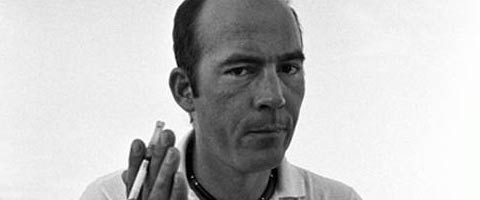
A Real Biopic
In the introduction above, you may have noticed that I put the word “biopic” in quotations when describing Where The Buffalo Roam, the first on-screen portrayal of Hunter S. Thompson. I did this because the movie isn’t a biopic in the normal sense; it’s really more a collection of stories loosely strung together. But while Linson’s film didn’t work in the traditional fashion, the potential for a real biopic is astronomical.
There’s a very good reason why Thompson was one of the few reporters that could get away with reporting in the first person: he was an utterly fascinating and brilliant character. Even going beyond his outrageous drug use and association with people like Oscar Zeta Acosta (known to many as Dr. Gonzo), the journalist had a fascination with guns and explosions, ran for sheriff of Pitkin County, Colorado on the Freak Power ticket, and was the definition of a cultural icon. The difficulty telling his story would be downplaying the major stories, like his time in Las Vegas or with the Hell’s Angels, in favor of the larger narrative, but that’s just where things need to get creative. The movie even has a perfect ending: Thompson’s ashes sitting in a canon on top of a 153-foot cannon shaped like a double-thumbed fist ready to be shot into space while Norman Greenbaum’s “Spirit in the Sky” plays in the background.
This poll is no longer available.

Eric Eisenberg is the Assistant Managing Editor at CinemaBlend. After graduating Boston University and earning a bachelor’s degree in journalism, he took a part-time job as a staff writer for CinemaBlend, and after six months was offered the opportunity to move to Los Angeles and take on a newly created West Coast Editor position. Over a decade later, he's continuing to advance his interests and expertise. In addition to conducting filmmaker interviews and contributing to the news and feature content of the site, Eric also oversees the Movie Reviews section, writes the the weekend box office report (published Sundays), and is the site's resident Stephen King expert. He has two King-related columns.

